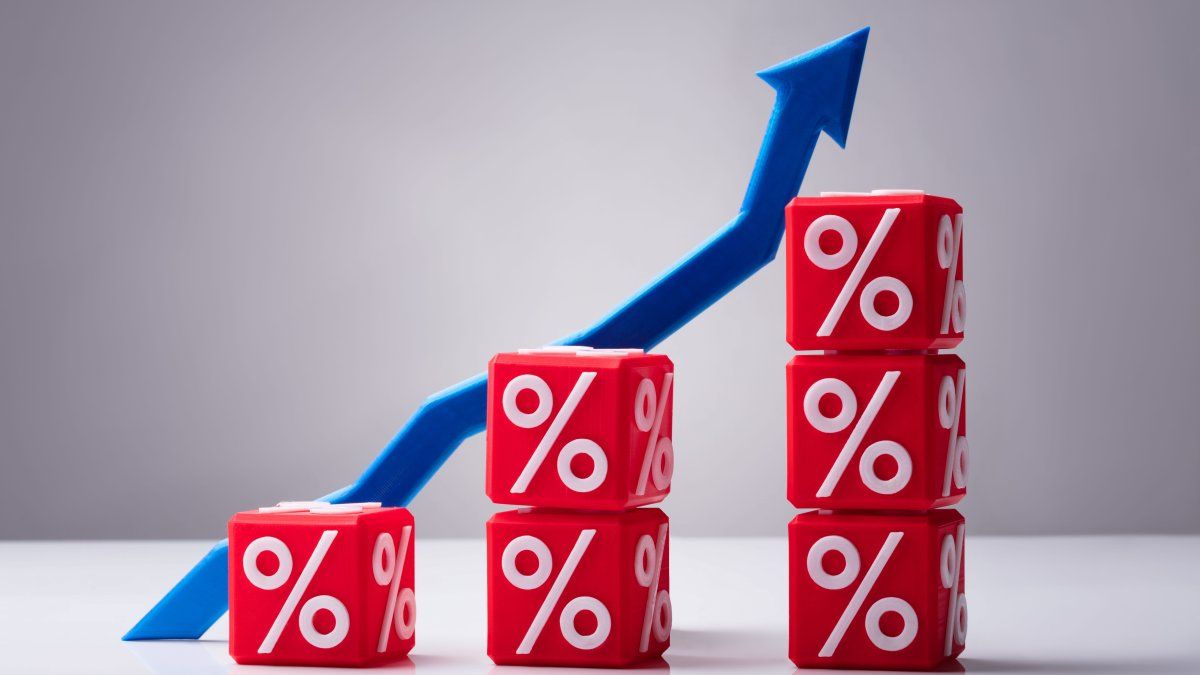Given uncertainty and volatility, the proposal is a long -term approach, based on discipline, low cost and diversified exposure to the market.
In times of economic uncertainty, persistent inflation and financial volatility, more and more people wonder how to take care of their money and build a safer future. The answer, which appears contraintuitive by the presence in “gurus” networks of trading, is simple: Passive investment
The content you want to access is exclusive to subscribers.
Unlike active investment -where it is tried to win the market buying and selling assets -passive investment proposes a long -term approach, based on discipline, low cost and diversified exposure to the market. Instead of looking for the market, it seeks be the marketreplicating its historical performance.


The data support this strategy. Funds such as S&P 500 have rendered an average of 9.8% annual in recent decades. Moreover: only a small percentage of professional managers manages to overcome that performance in the long term. Renowned investors, such as John Bogle (to mention some) argue that 90% of investors lose against indexed funds that replicate market yield. Bogle is particularly cited, for being a benchmark for indexed funds, creator of the famous avant-500.
Passive investment: it is not just a financial strategy
The key to the proposal is long term. That is, what is proposed here is to create a kind of “Second retirement”. That is why this proposal is more attractive to young people (say sub-40). The famous compound interest, in the long term (say 20 or 30 years) has proven to win through the market at 90% of investment funds. It is not a small thing. The best thing is that great technical knowledge is not required, but discipline and emotional strength.
This last point is vital. Yes We will be invested 20 or 30 years in an index that replicates market performance, we will have a good time and bad times in the stock market. This must be clear from entry. Of course, at times when the market collapses, the temptation to sell is very large. However, it would be a carafal mistake to get out of the market when it falls. It is that many of the best days on the market occur when the market operates down. Moreover, data from the 2002-2022 period show that seven of the ten days in the US market occurred within ten worst days of the same year. For example, in 2020, the second best stock market occurred just two days after the second worst. Getting out of the market for fear at a bad time can mean recovery, with huge consequences for long -term performance. Patience, in these cases, is not only a virtue, but rather a strategy.
In short, investing passively is not just a financial strategy, it is a way to assume control of the future with patience, realism and common sense. It does not guarantee immediate wealth, but it offers a specific tool to gain something more valuable: tranquility.
* Economic and financial analyst
Source: Ambito
David William is a talented author who has made a name for himself in the world of writing. He is a professional author who writes on a wide range of topics, from general interest to opinion news. David is currently working as a writer at 24 hours worlds where he brings his unique perspective and in-depth research to his articles, making them both informative and engaging.




